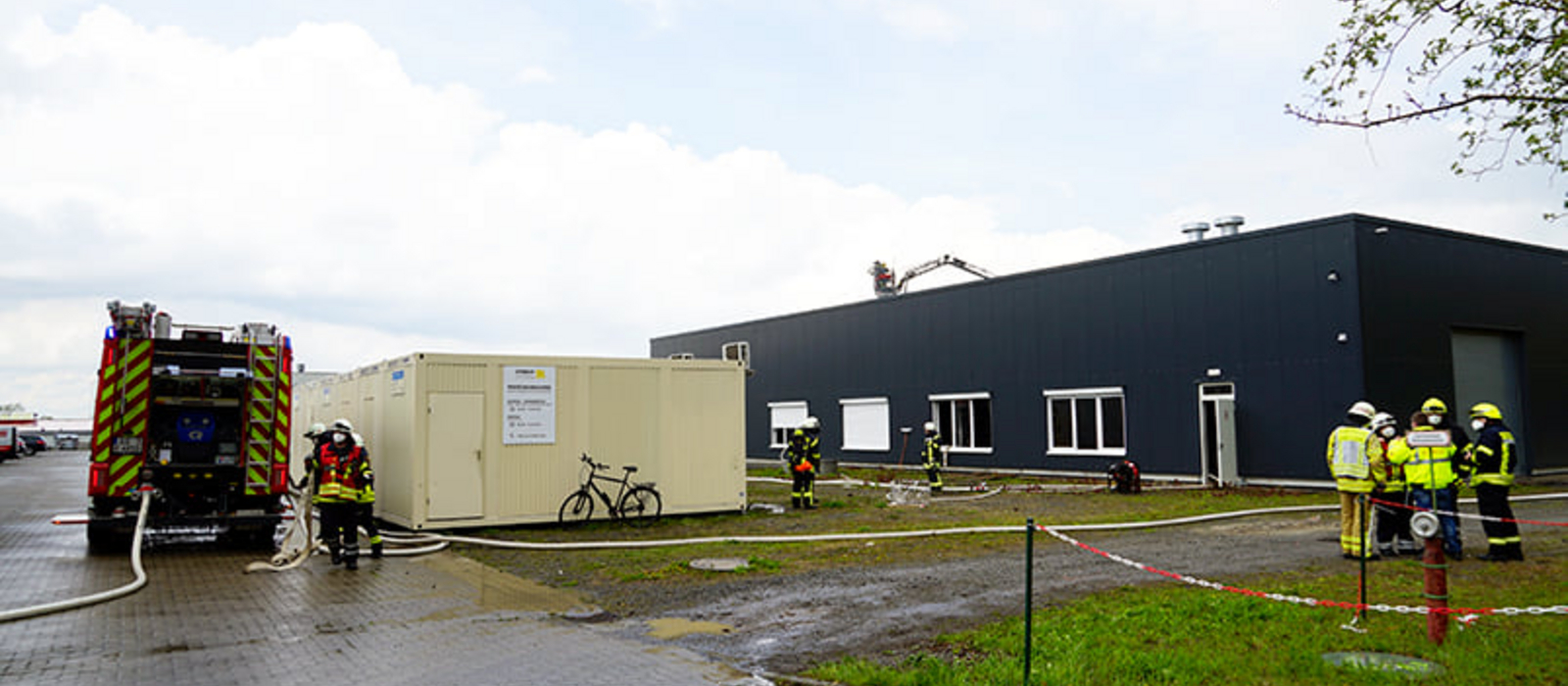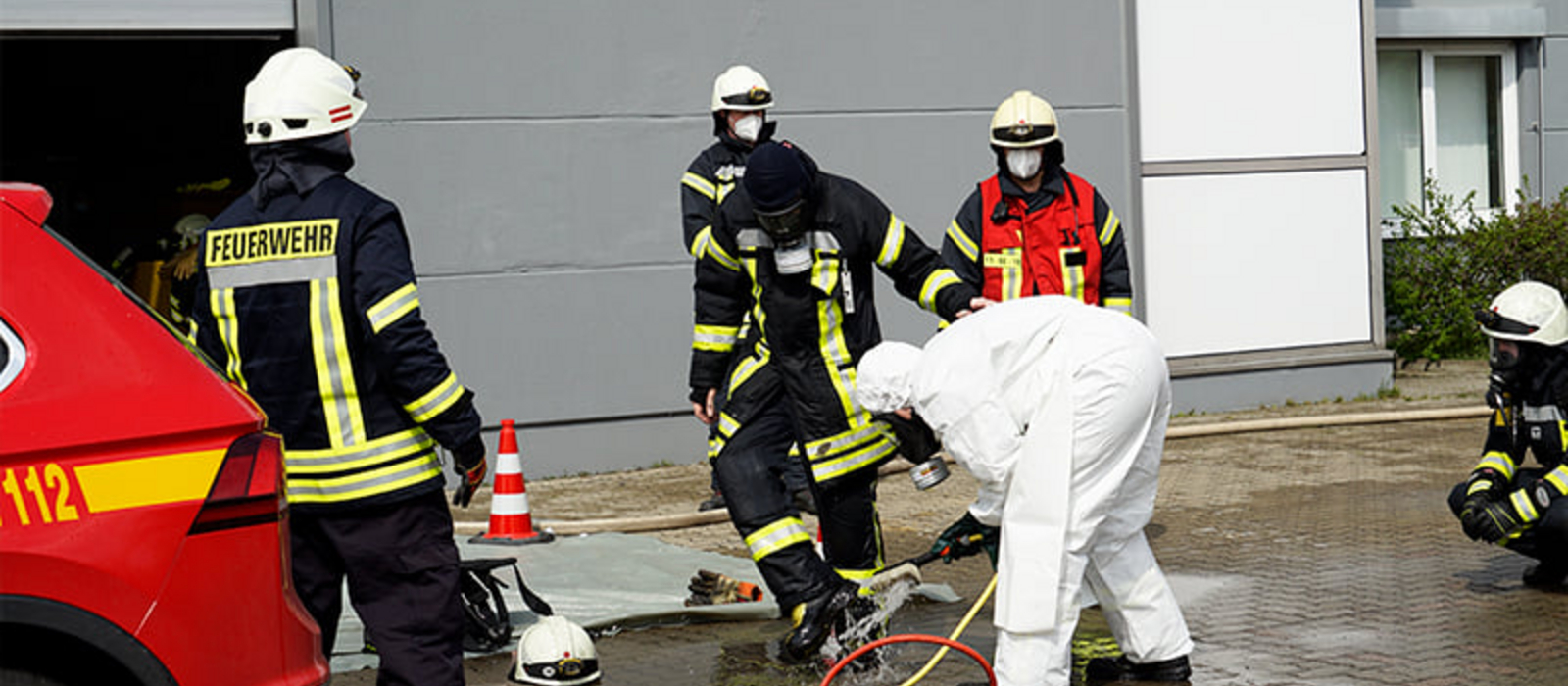
Fire in the test facility for battery safety at STÖBICH technology
On the STÖBICH company premises (Pracherstieg 6, Goslar), a fire broke out in the test facility of STÖBICH technology on 06.05.2021 during a test of a lithium-ion battery.
During a deliberately induced short-circuit scenario with a lithium-ion storage unit, the test battery used exploded. The so-called traction battery, which is still under development, was being tested on behalf of a customer and will later be used, for example, as a traction battery in the field of e-mobility. The cause of the explosion is still unknown.
The controlled test took place in the STÖBICH technology building complex, which is specially equipped for these test purposes and was only recently built. The fire caused property damage to the building. No people were injured. The fire brigade and rescue services quickly had the situation under control.
STÖBICH technology, a subsidiary of the STÖBICH Group, has been developing fire protection solutions for battery storage systems since 2013 and regularly conducts tests with energy storage systems for this purpose at its Goslar site.


